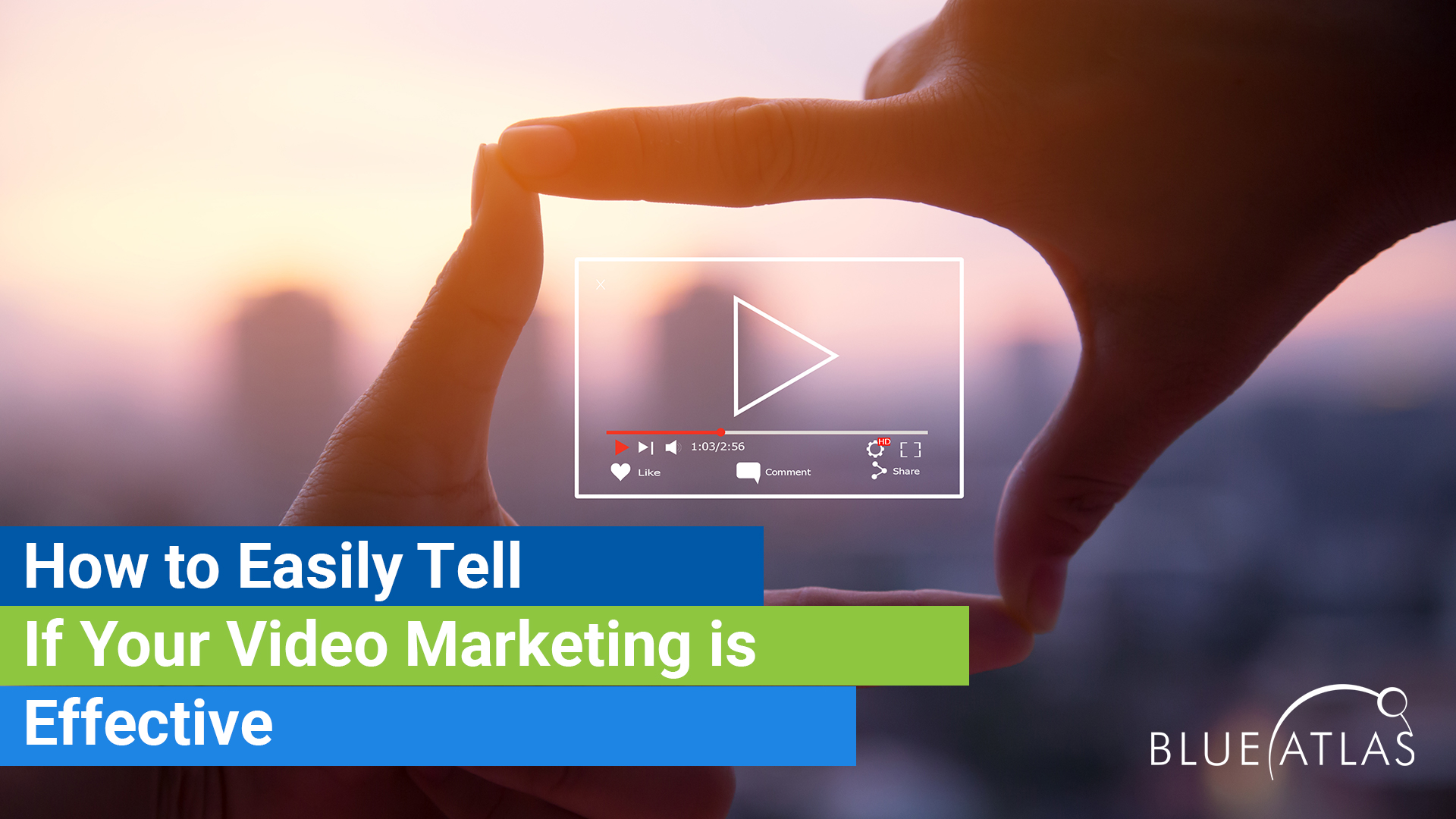Everyone will tell you that video marketing is a vital part of digital marketing campaigns, but there’s a second part that isn’t talked about as much – how do you know? Online videos are a more important part of online marketing campaigns than ever (especially since 2020 encouraged so many people to work from home or online).
However, brands need to understand how well those videos are working, and which videos are showing the most results so they can be used for best practices in the future. Let’s talk about what signs show that a marketing video is highly effective.
Play Rate
Play rate is important whenever you have a video that doesn’t autoplay, as it shows people who clicked on videos vs. those who visited a page but didn’t click. That usually refers to videos on your own website, and videos on press-to-play platforms. While sites like Facebook do a lot of autoplay, they will also collect data on “Clicks to Play” that you can review.
This is an important metric for success because it shows how many viewers intentionally made the first step to watch the video themselves, which is already a good sign for engagement. Play rates like this vary but are often around 50%. Watch for videos that have a higher play rate than your other site videos and see if you can find what’s different about them.
Impressions
Impressions is in some ways the opposite of play rate: It shows how many times a video ad automatically appears, which is useful for news feeds and ads. You’ll want to take a look at this on Facebook, Instagram, and similar platforms.
First, you’ll want to look for overall impression numbers that are higher than usual for your videos. That usually means that the video was very well targeted to the right audience, with viewers and content matching up well. Use the target settings and budget choices from this video for other videos to bring them up to the same level. You can also look at viewer demographics to learn more about who’s watching your video.
Second, study what percentage of impressions turn into clicks. This is an important click-through-rate (CTR) for videos that will show how well a video is producing results. Click-through-rates for videos can vary (they are usually around several percentage points), but brands can easily improve their video marketing by focusing on the videos that are getting the highest number of clicks and find out what’s going right – ad positioning, the right kind of CTAs, ad targeting, the video content itself, etc.
Link CTR
While CTRs are important, there’s another type of CTR that everyone should be looking at for videos: Often called link CTR, this judges the click-through rate of links that appear in the video itself, usually as pop-ups that viewers can click at the right time. This is a highly recommended best practice, and Blue Atlas Marketing can help you develop more advanced video content that includes features like these to improve your ROI.
Average Video Watch Time
This metric shows how long, on average, viewers watch the video before moving on. There’s a lot of very handy data buried here, so it’s a stat worth taking time with.
Start by seeing if certain videos or campaigns have higher average video watch time than others. Generally, the longer the watch time, the better for your campaign and the more likely viewers will click through to more information. A sharp increase in average watch time is excellent news and needs to be replicated. Often, the answer is the video style, or how the video introduction encourages people to keep watching.
You can then break down average watch time into further stats like how many viewers watch the video past three seconds, or 10 seconds, or more. These are valuable indicators of how much staying power your video had, and how many users were really engaged with the content. It’s particularly useful for finding out which kind of intros are successfully at grabbing your audience.
From there, you can build up a broader map of audience retention (also called attention span data) to see how well videos are doing at retention, and at what points in the video retention seems to be going particularly well (or becomes a problem). Remember, online users have very limited time, and getting even 10-second views on a video can be a triumph on many platforms!
Additionally, a view can be registered differently depending on the site you are on. Most sites count a view after two to three seconds. YouTube only counts a view after 30 seconds, which is why average watch time is also an important metric.
Unique Viewers
For specific video campaigns, a brand’s primary goal is growing its audience. That means they want a lot of new eyes on those videos, so unique viewer numbers are especially important. For unique views, it’s not so important to compare one video to others the brand has made, but to watch for high numbers of unique views themselves, and work to get those numbers higher. It’s also a good idea to combine unique view numbers from all your channels to get a complete snapshot.
This works in tandem with impressions, as unique views are also dependent on proper audience targeting. You can also compare unique views with click-through rates to see how many new viewers are convinced to explore further.
Conclusion
One final note about finding which of your online videos are succeeding: If one of your videos is head and shoulders above the rest, don’t just keep it as a video. Transfer that content into blogs, social posts, and infographics whenever possible, so you can keep using it for months into the future. If you need help or advice creating any of this content, just let us know and we can work together to make a plan.





